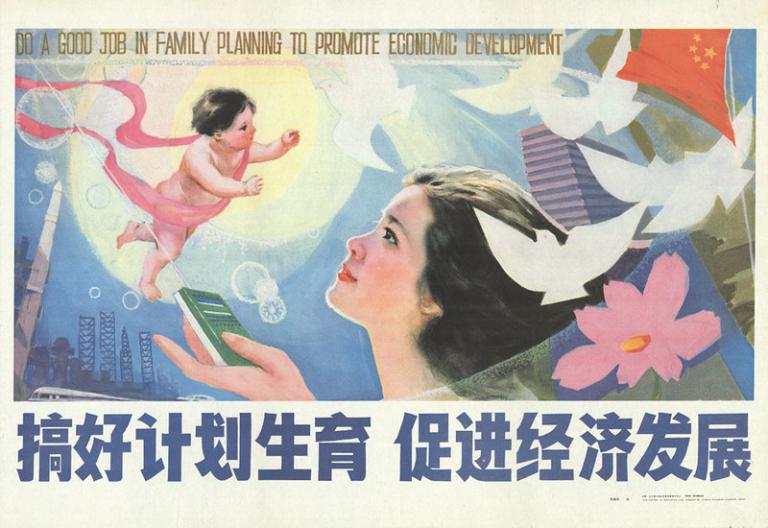
China has great ambitions. It hopes to replace the United States as the world’s greatest superpower. That means having the world’s most successful economy and the most powerful military. With that military might, China hopes to take over Taiwan and exert its hegemony in East Asia and the Pacific, with heightened influence worldwide. But one obstacle to all of that is its plunging population.
According to researcher Yi Fuxian of the University of Wisconsin-Madison, “Beijing’s political ambitions are based on exaggerated economic forecasts, which are based on exaggerated demographic figures. The dire demographic outlook makes both China’s economic and military goals impossible to achieve.”
So reports Michael McCartney in his Newsweek article The 2050 Population Data That Could Ruin China’s Century. As we’ve blogged about, the number of babies being born has fallen around the world. The fertility rate (the average number of children born per woman) in the United States has fallen to 1.62, which is well below the replacement rate of 2.2. But China’s rate is half that at .8.
The demographic problem began with China’s “one child policy”, in effect from 1979-2015, which employed forced abortions for women who had more than one child. When China, which had been alarmed at the 1970s panic about a population explosion, now faced the opposite problem of a population implosion, it removed those restrictions and began offering incentives to have more children. But the one child mentality had been ingrained into the population. Now the birth rate, at .8, is less than one child!
The UN says that China’s population is 1.4 billion, declining to 1.31 billion by 2050. But Yi argues that China’s population is already at 1.3 billion and by 2050 will drop to 1 billion. That’s still a lot of people, you might be thinking, so what’s so harmful about that?
Well, right now 15% of China’s population is over the age of 65. But by 2050, that number will rise to 35%. Over a third of the population will be retired from the workforce and supporting them will strain public resources.
This will be in addition to other economic issues, as the drop in population will mean fewer consumers, a glut in the housing market, fewer workers which will send labor prices up. That will mean a drop in international investment, with less off-shoring of American and European factories (good for us). The drop in consumption will mean China will no longer be such an attractive market for world trade, resulting in declining clout in the world economy.
In the meantime, India, whose population is still growing, will be ascendant. The U.S. is projected to stay strong, with its birth rate decline being made up for by immigration (legal, one hopes). The point is, foreigners still want to come here, whereas China with its culture of xenophobia actively discourages immigration.
Be sure to see the animated bar graph in the article that shows a population race with China shrinking as India grows and the U.S. stays mostly the same.
I see another potential problem, though, not discussed in the article. If Chairman Xi wants to take over Taiwan, he might try that sooner rather than later, before money is tight and he has an army of 65-year-olds.
Illustration: “Do a Good Job in Family Planning to Promote Economic Development” [One Child Policy propaganda poster], by Zhang Zhenhua (1986), IISG via Flickr, CC by 2.0












